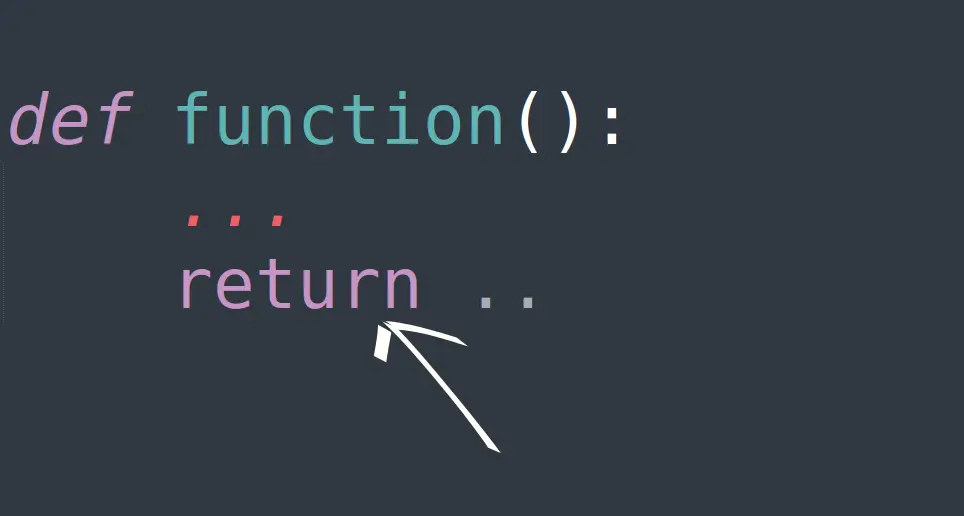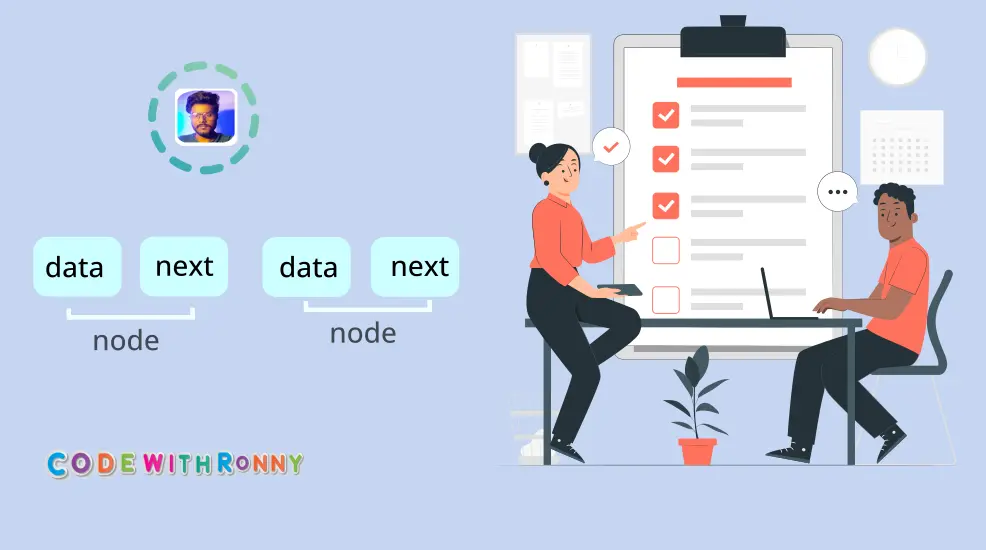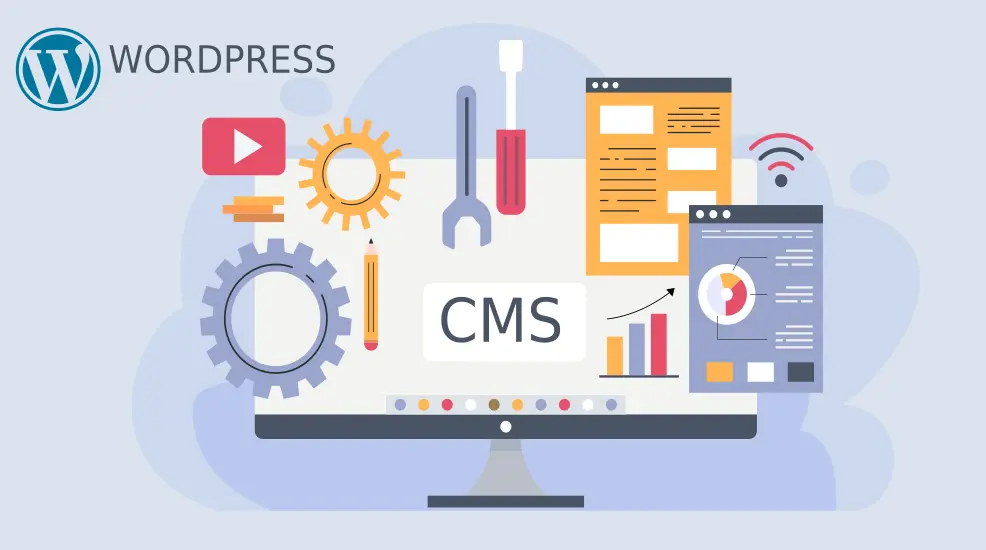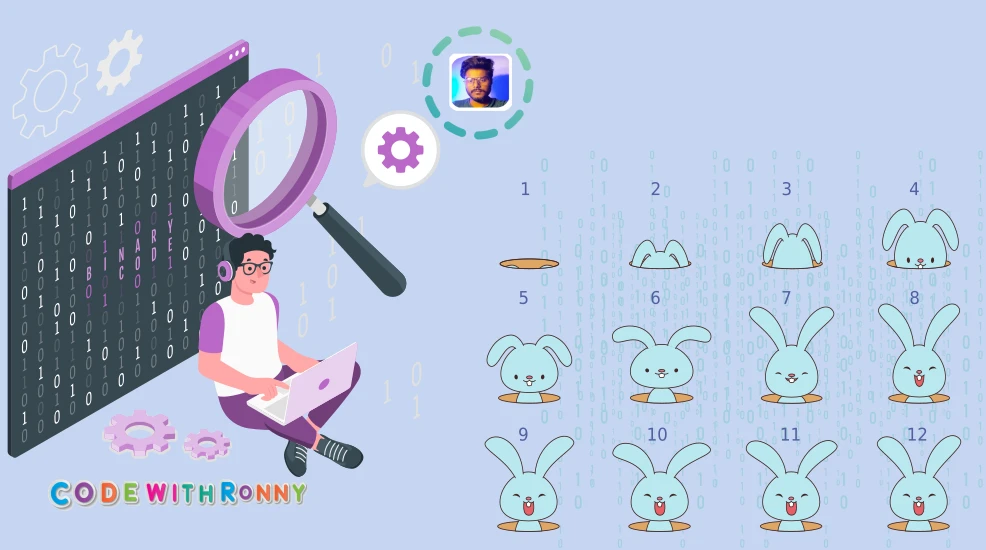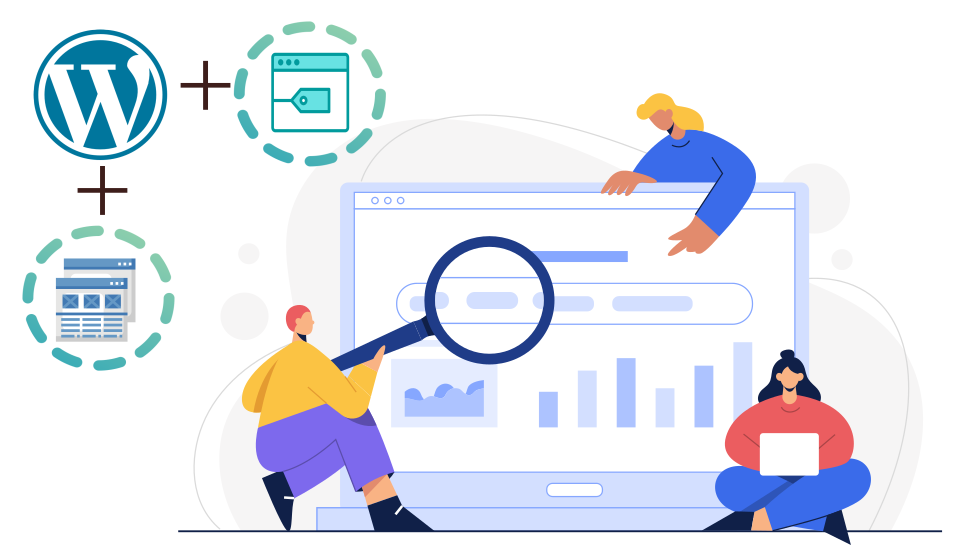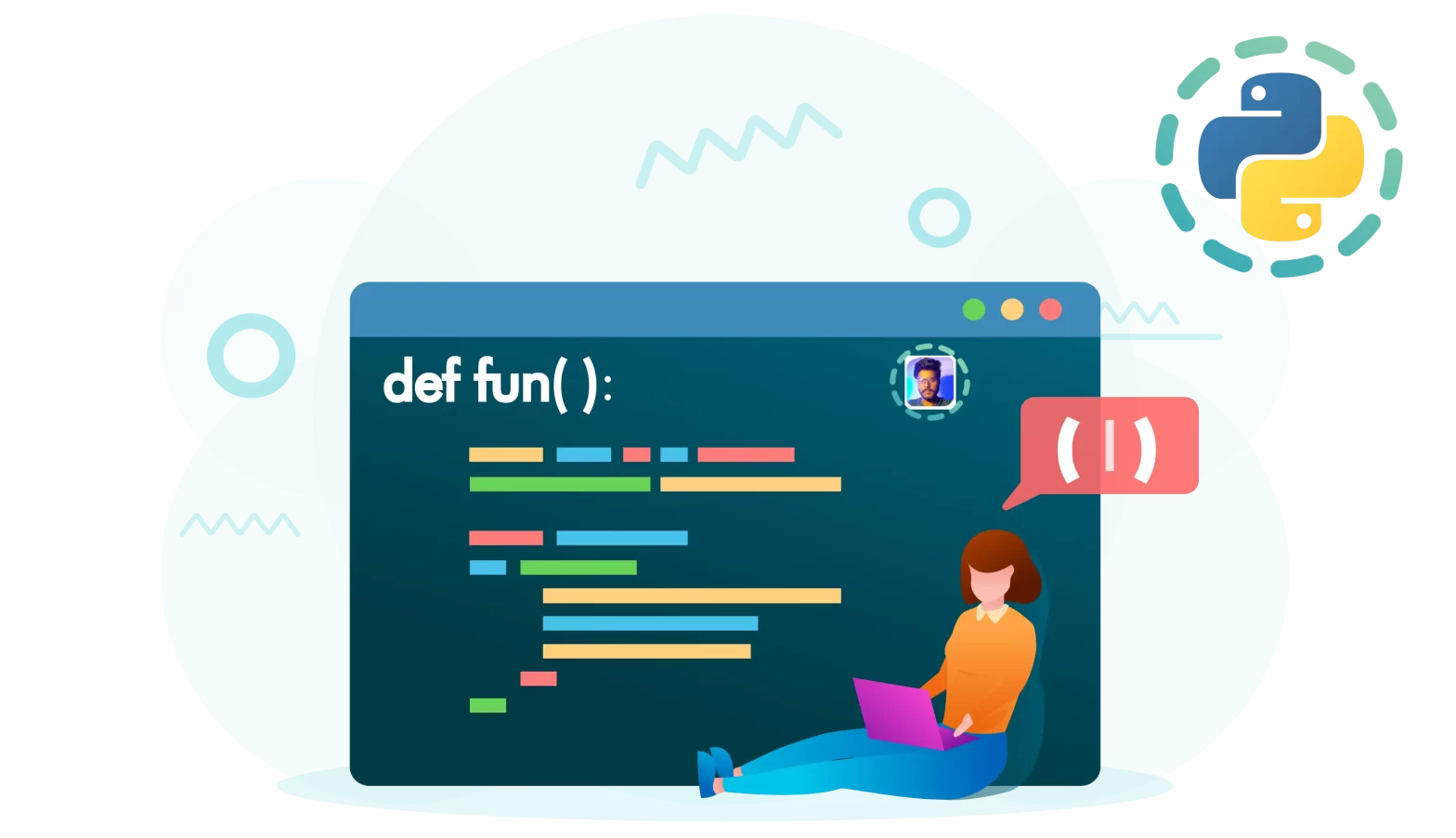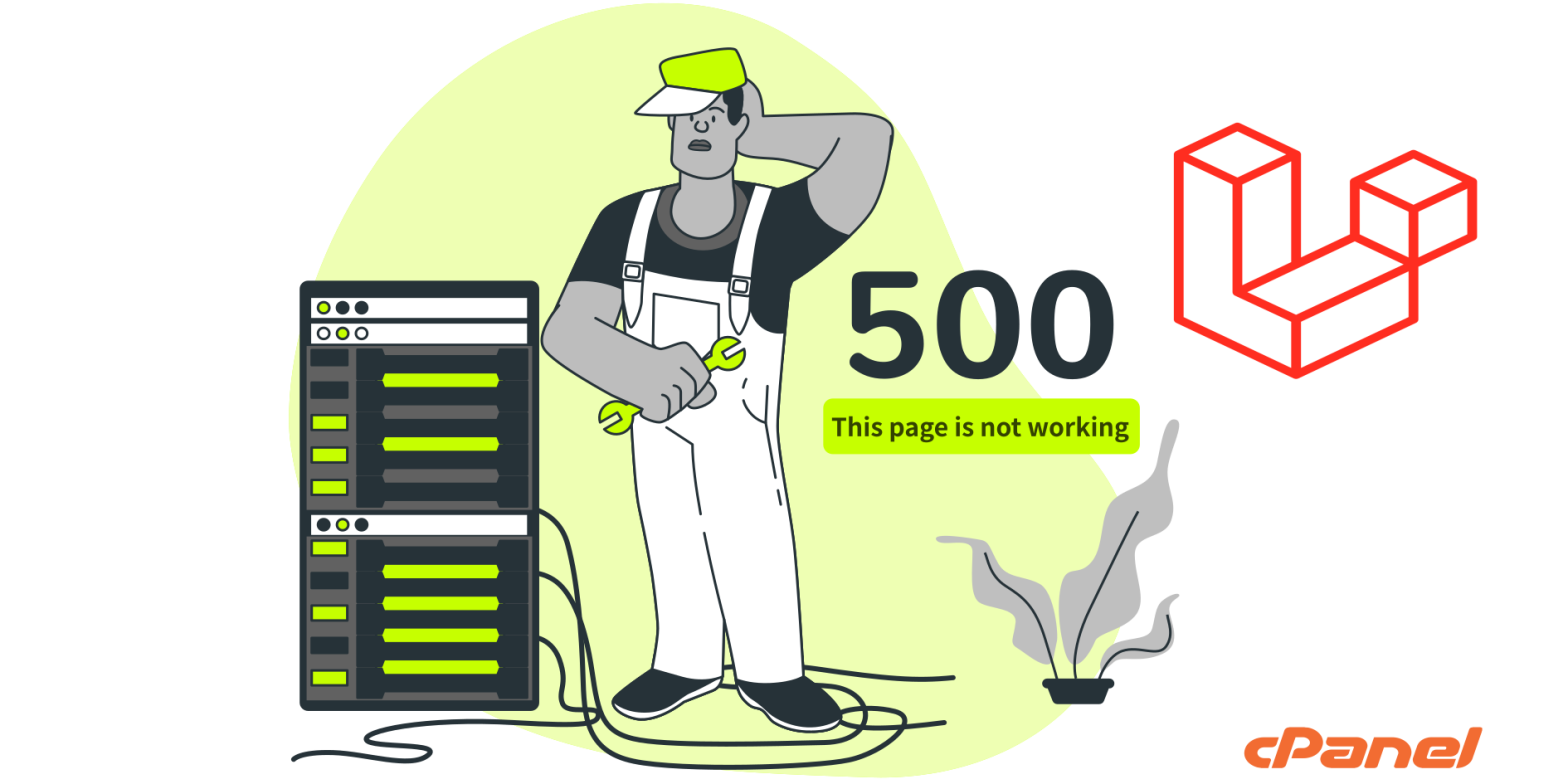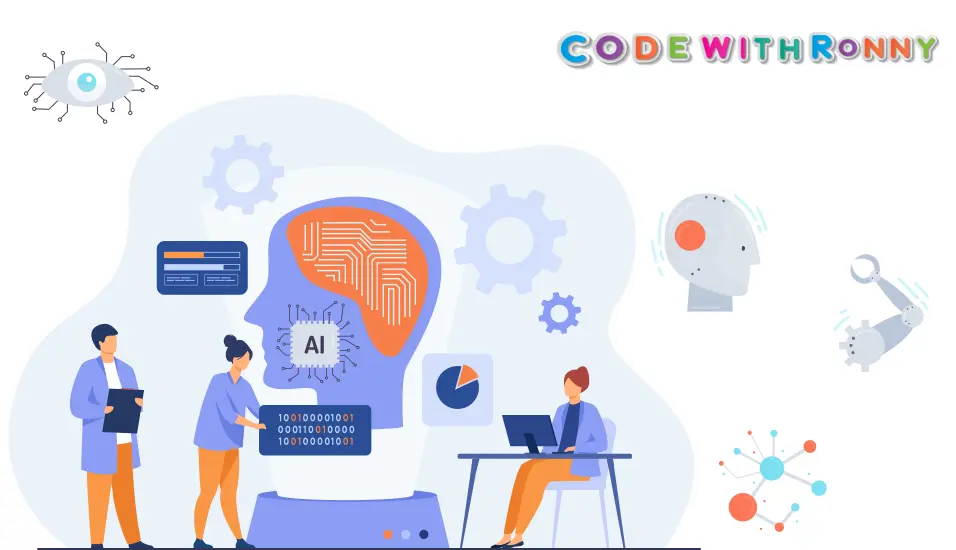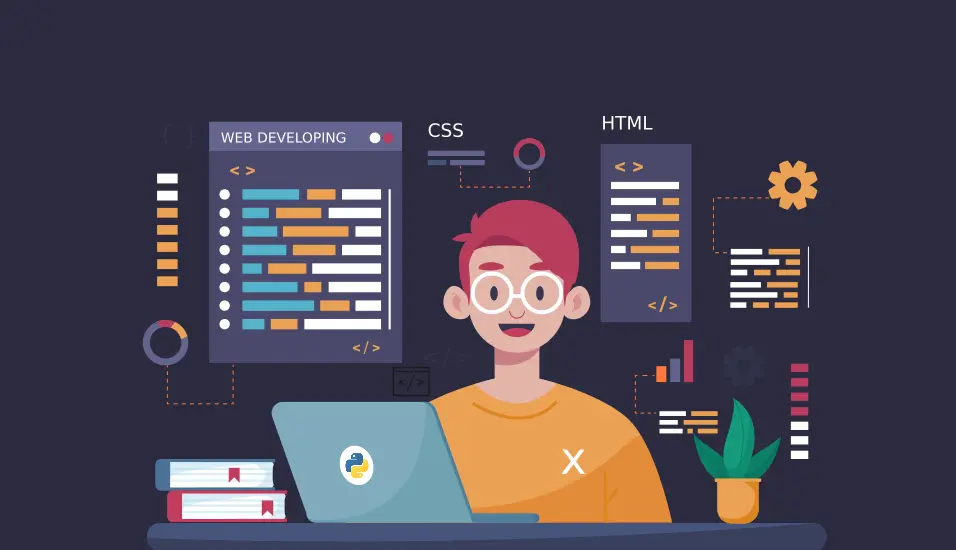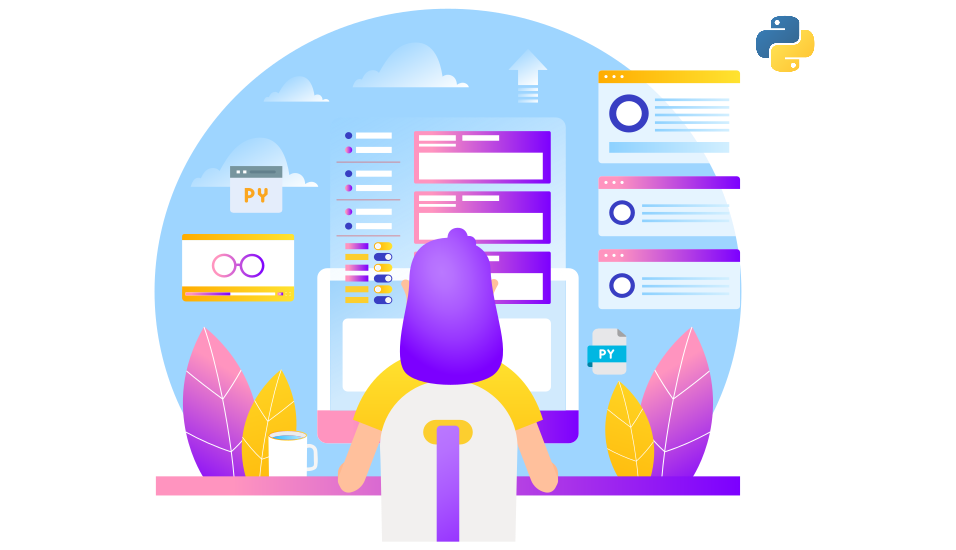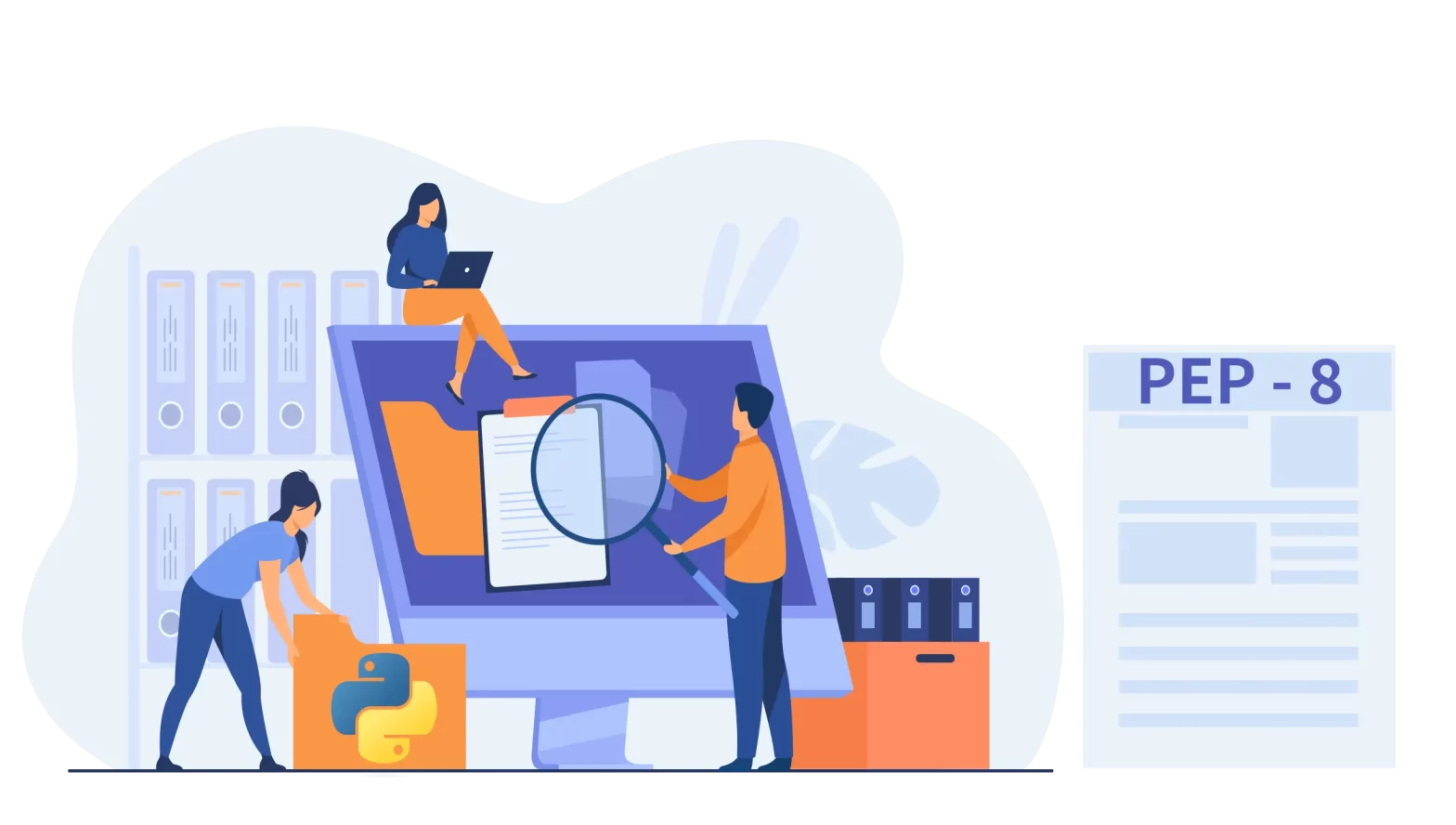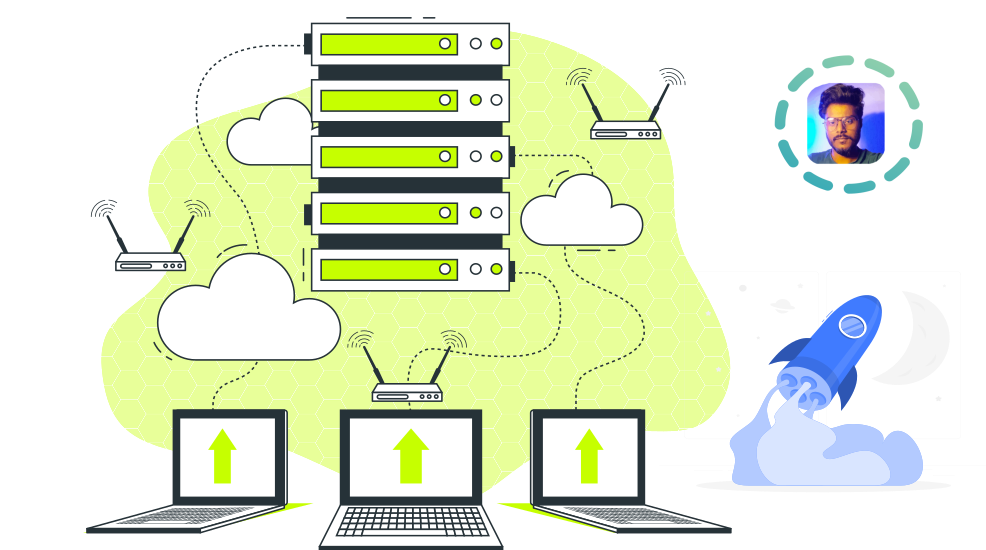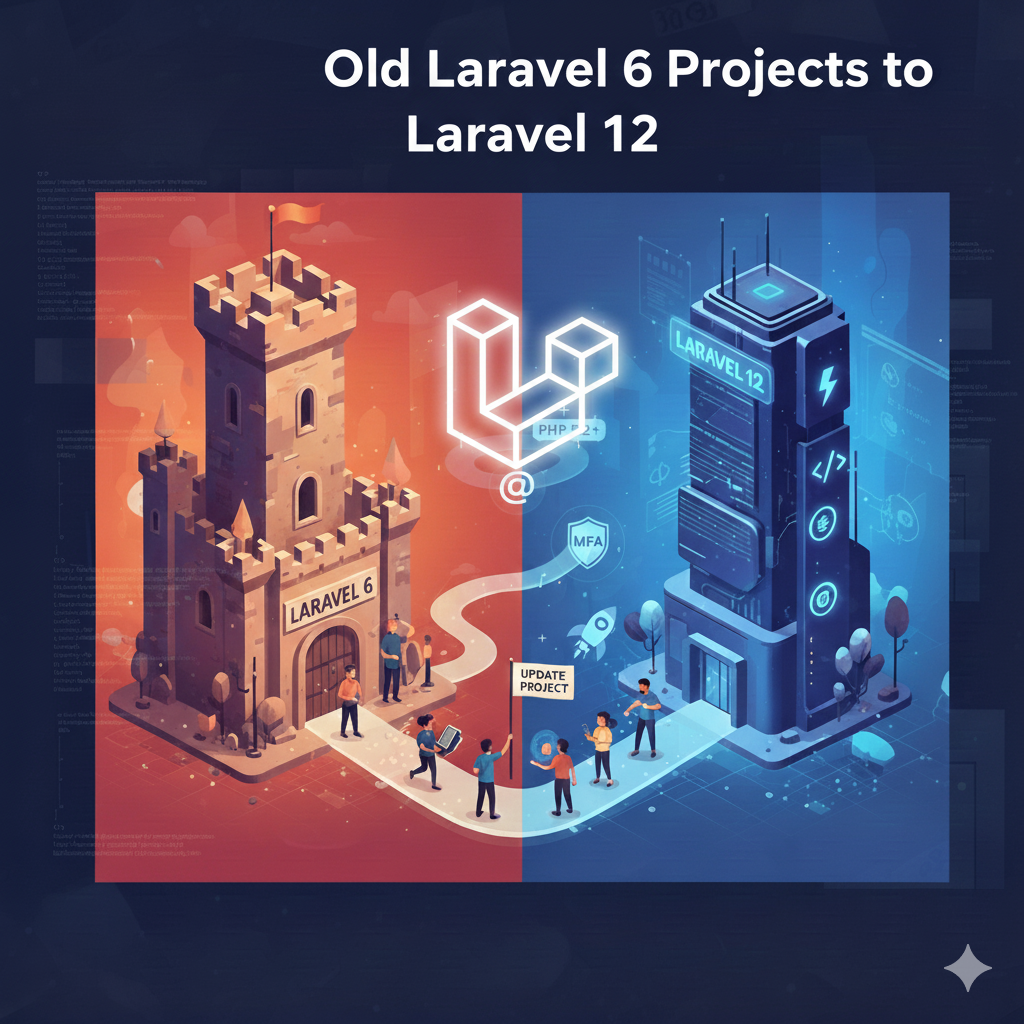A Journey into the World of Python
Last updated: September 13, 2024 By Sunil Shaw
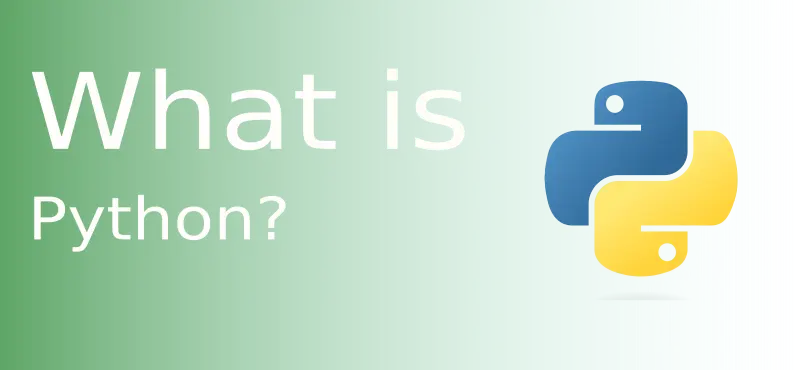
Introduction
Python is a high-level, interpreted programming language that has gained immense popularity for its simplicity, readability, and versatility. Guido van Rossum created Python in 1991. It has become one of the most widely used programming languages, finding applications in diverse fields such as web development, data science, artificial intelligence, and more. Today we will dive deep into a journey into the world of python.
A Journey into the World of Python
Key Features of Python
1. Readability and Simplicity
Python is renowned for its clean and readable syntax, making it accessible to both beginners and experienced developers. The language emphasizes code readability, which reduces the cost of program maintenance and development.
2. Interpreted and Interactive
Python is an interpreted language, allowing developers to execute code without the need for a separate compilation step. Additionally, Python supports an interactive mode, enabling users to experiment with code snippets in real-time.
3. Versatility and Standard Library
The language comes with a comprehensive standard library that includes modules and packages for a wide array of tasks. This versatility makes Python suitable for various applications, from web development and data analysis to network programming.
4. Community and Ecosystem
Python boasts a thriving and supportive community of developers. The abundance of third-party libraries and frameworks, coupled with an active community, contributes to Python’s adaptability and quick problem-solving capabilities.
5. Cross-Platform Compatibility
Python is compatible with major operating systems, including Windows, macOS, and Linux. This cross-platform nature enhances its accessibility and usability across diverse environments.
6. Dynamically Typed
Python is dynamically typed, meaning that developers do not need to explicitly declare variable data types. While this can lead to more concise code, it also requires careful consideration of variable types during development.
Applications and Frameworks
Python’s versatility is showcased through its applications in various domains.
- Web Development
Frameworks like Django and Flask simplify web development tasks, allowing developers to build scalable and robust applications.
- Data Science and Analytics
Libraries such as NumPy and pandas provide powerful tools for data manipulation, analysis, and visualization.
- Machine Learning and AI
Python serves as a prominent language in the machine learning and artificial intelligence communities, with frameworks like TensorFlow and PyTorch enabling the development of advanced models.
- Automation and Scripting
Python is a preferred choice for automation and scripting tasks due to its simplicity and cross-platform compatibility.
Interview Coding Question With Solution – Python
Conclusion
Python’s success can be attributed to its simplicity, readability, and the vast ecosystem of libraries and frameworks. Whether you are a beginner learning to code or an experienced developer working on complex projects, Python offers a powerful and flexible environment for a wide range of applications. As the programming landscape continues to evolve, Python’s relevance and popularity persist, making it an invaluable tool in the world of software development.
About Author
I am a Web Developer, Love to write code and explain in brief. I Worked on several projects and completed in no time.
View all posts by Sunil Shaw7 comments
-
Pingback: Understanding PEP8 in Python - CodeWithRonny
-
Pingback: Python List Interview Coding Question Pratice With Solution - CodeWithRonny
-
Pingback: Python Language Used In Which Fields - CodeWithRonny
-
Pingback: How to Install Python in Ubuntu Through Terminal - CodeWithRonny
-
Pingback: Creating Python Function That Take Parameters - CodeWithRonny
-
Pingback: What is Return Statement in Python : Syntax and Usage - CodeWithRonny
-
Pingback: Implementing Queue Data Structure Algorithm in Python: A Detailed Guide - CodeWithRonny










